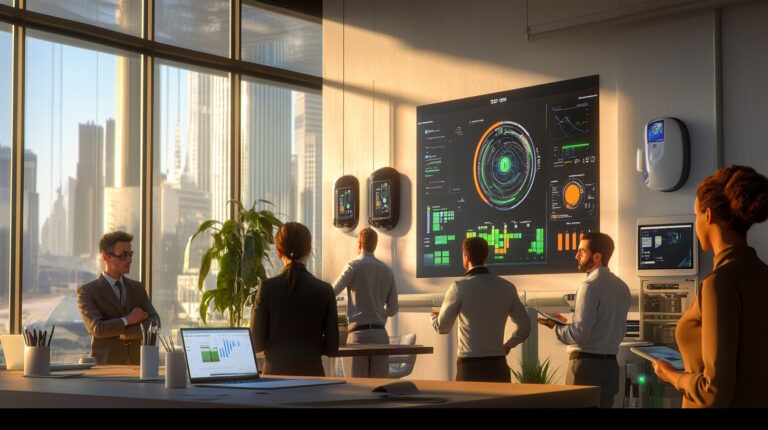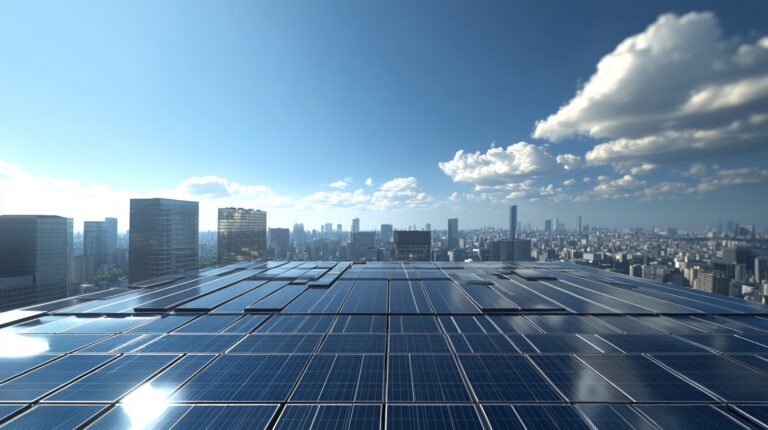EV Charging 101: Your Ultimate Guide to Electric Vehicle Charging
Article Insights
- 💡 Understand the EV charging 101 basics and how they play a crucial role in your electric vehicle journey.
- 💡 Discover various electric vehicle charging types and identify the best options for your lifestyle.
- 💡 Learn step-by-step instructions on how to charge an electric car efficiently and safely.
- 💡 Explore the future of EV charging and how emerging technologies can enhance your experience.
With electric vehicles (EVs) becoming increasingly common, understanding how to charge them is essential.
This article will guide you through the EV charging basics, breaking down the different types of charging available and offering helpful tips on how to charge an electric car effectively.
Whether you’re pondering your first EV purchase or you’re a seasoned EV owner, having a strong grasp of electric vehicle charging types can enhance your driving experience significantly.
What You Need to Know About EV Charging
EV charging is the process of replenishing the battery of an electric vehicle by plugging it into a power source.
This practice is integral to the EV ecosystem as it directly affects the vehicle’s battery life and driving range.
Transitioning from gas to electric not only promotes environmental sustainability but also offers drivers new ways to optimize their transportation routines.
As you dive deeper, understanding the electric vehicle charging types available will empower you to make informed decisions.
Understanding the Fundamentals of EV Charging Basics
At the heart of EV charging basics is the transfer of electrical energy from a charging station to an EV’s battery.
The battery acts as the powerhouse, driving the electric motor. Grasping how your car’s battery interacts with different chargers is crucial because it influences your daily driving habits and long-term vehicle health.
The industry upholds rigorous safety standards and regulations to ensure secure charging sessions and user safety.
Exploring Electric Vehicle Charging Types
Level 1 Charging: A Slow and Steady Approach
Level 1 charging refers to using a standard household outlet (120V) to charge your EV. While it’s the slowest method, taking 8 to 12 hours for a full charge, it’s perfect for overnight charging.
Ideal for drivers with a regular routine, it ensures your vehicle is ready for brief commutes the next day.
Level 2 Charging: The Efficient Middle Ground
Operating at 240 volts, Level 2 charging offers a faster solution, recharging an EV typically within 4 to 8 hours.
Found frequently at homes, workplaces, and public stations, this option suits daily commuters and those needing a reliable charge during work hours or errands.
It offers balance between speed and convenience.
DC Fast Charging: Speed and Convenience on the Go
When time is of the essence, DC fast charging delivers. Using direct current, it rapidly refuels an EV’s battery, often reaching 80% charge in 30 minutes.
Perfect for long road trips or urban quick-charging boosts, this method positions stations strategically along highways and in cities to support spontaneous travel.
Steps on How to Charge an Electric Car
Charging your electric car is straightforward with this step-by-step guide tailored to simplify the process and enhance driver confidence.
Choose Your Charging Station: Use mobile apps or in-car navigation to locate nearby Level 1, 2, or DC fast charging stations, ensuring they’re available before arriving.
Connect the Charger: Open your vehicle’s charging port. Verify compatibility with your EV’s connector type, ensuring a secure plug-in.
Initiate Charging: Activate the charging session using a mobile app or a dedicated card, observing the progress through the app or charger’s interface.
Unplug and Go: Safely disconnect once charging is complete, stowing away the charging cable, ready to hit the road.
The Advantages of Charging Your EV at Home
Home charging stations redefine convenience, allowing you to power your EV at leisure. Charging at home is often more economical than public stations, offering significant savings over gasoline.
Plus, a home charging station can enhance your property’s market value, providing an additional incentive for homeowners shaking up their daily routine.
Spotlighting EV Charging Infrastructure
A well-developed charging network is vital for bridging geographical gaps and ensuring reliable access to power for EV drivers.
Key industry players like ChargePoint and Electrify America spearhead the expansion of networks, optimizing user experience with strategically placed, easy-access stations.
The Promising Horizon of EV Charging Technology
Future innovations in EV charging technology promise to reshape the landscape. From faster charging capabilities to wireless and solar-powered solutions, the synergy between emerging technologies and renewable energy will soon define the industry.
This evolution aims not just to meet drivers’ needs but to propel us into a more sustainable, eco-friendly future.
Embrace the Transition with Confidence
EV charging basics, understanding electric vehicle charging types, and learning how to charge an electric car efficiently are all essential components of the EV owner’s toolkit.
These skills empower drivers to embrace the electric movement fully, ensuring they appreciate the benefits and capabilities of their vehicle.
Armed with this knowledge, you’re not just driving a car; you’re participating in a pivotal shift toward sustainability. Happy charging!








